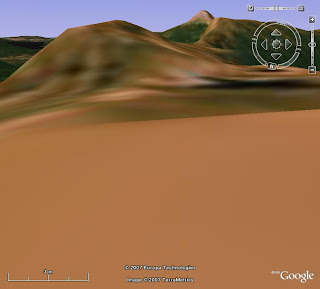Nappies- disposable vs reusable
I while back I mentioned that Mrs. Lemming, Littlest Loveliest Lab Lemming, and I were trying a variety of different nappy types. For the first 11 weeks or so of her life, LLLL used a couple of different reusable nappies and disposables.
The first sort of nappy that we used on our daughter was the standard, terry-towel cloth nappy. This is the chondrite of diapers, an undifferentiated square of cloth with no functional adaptations. The hospital where LLLL was born provides only cloth nappies, and encourages new parents to also use them at least until the meconium changes and any potential jaundice passes. I think the idea is that it is easier to count and keep track of eliminations if they aren’t all sucked into the silica gel of doom.
Cloth nappies were fine for those first few days, but after the first week they started suffering containment failures, and the size we had at home was too big anyway.
For the next 10 weeks, we used two other nappy options on our daughter. After 11 weeks, she grew out of newborn sizes, so everything changed.
The disposable option was huggies. Everyone we talked to said that they had the best containment, and we found that the newborn size worked quite well.
The reusable nappies were bummi wraps from Green Mountain Diapers in the US. These consist of a water resistant nylon outer wrap which holds a cloth diaper in the appropriate position. With urination and small poos, only the cloth insert needs to be changed, while with large poos everything gets messy.
Both systems leaked about once a week or so, and the reusables generally soiled the (inside of) the outer wrap one or two times a day. For the first month, we alternated each system for a few days at a time, because using either all disposables or all reusables for more than a few days gave her nappy rash, which changing systems got rid of.
After the nappy rash past, we usually used the reusable nappies at home and the disposables for going out, or for overnight. In terms of grossness, time consumption, or difficulty I don’t think there is that much difference, except for doing the extra load of washing, which takes a while. The reusable covers are definitely cuter, but since it is the middle of winter they aren’t often visable.
During my last week of paternity leave I considered calculating a partitioning coefficient between bottom and nappy for both types, but sleep deprivation and inconsistent fecal texture stymied this project.
In terms of waste, the disposables generally meant one more trash bag per day*, while the reusables meant an extra load of washing every day or two. We wash the nappies in the washing machine on the “biologicals” cycle, with an additional vinegar rise cycle afterwards.
After 11 weeks, LLLL grew out of the infant size and also changed from 4 medium poos per day to one megashit every 24-36 hours. We found the infant sized female huggies and baby love disposables to be fairly ineffective at containing megashits, but the mamia brand from Aldi seems to be doing OK. The reusables contain well, but the whole package needs to be changed, not just the insert.
Did anyone have any particular questions about the advantages or disadvantages of one system over the other?
* We use plastic grocery bags as our garbage bags, and filled 2-3 per week before the baby.









